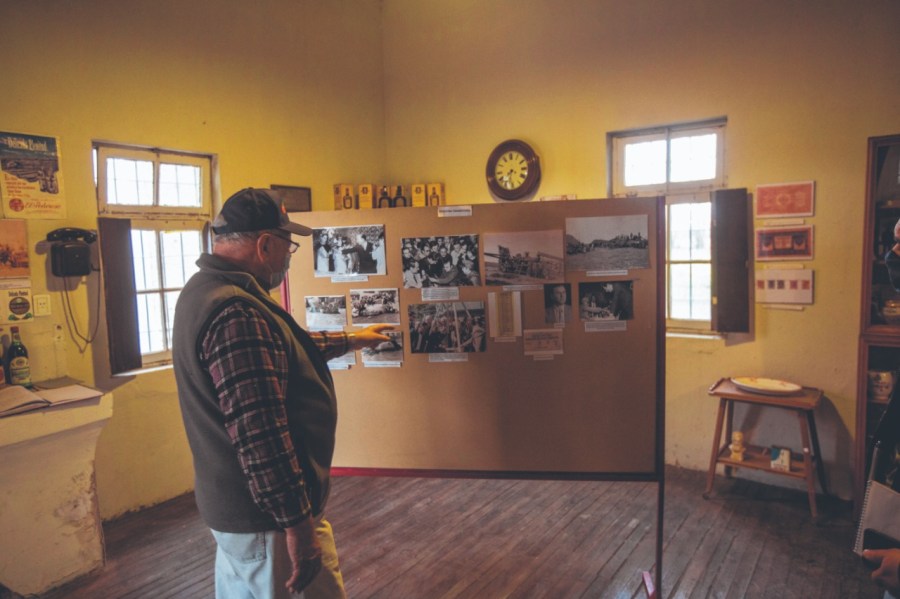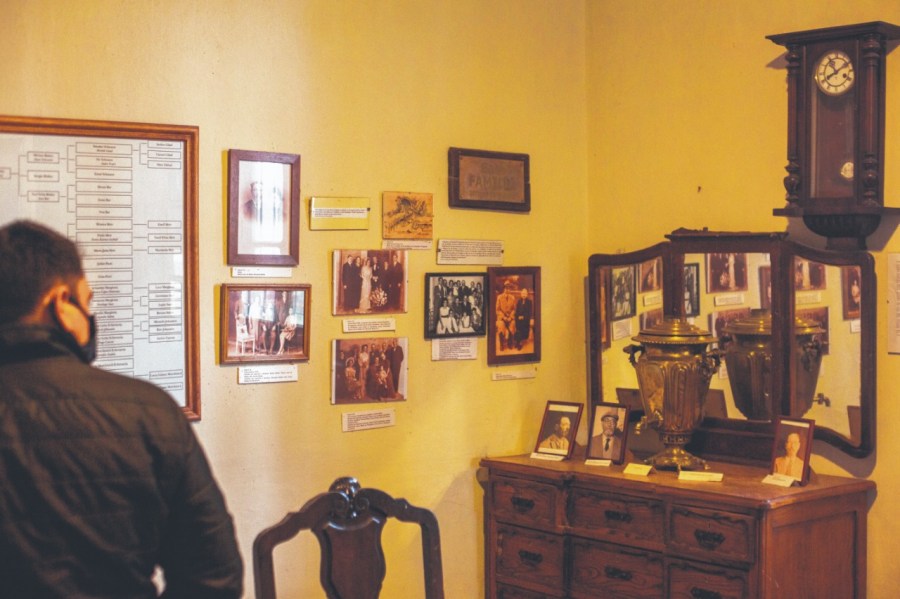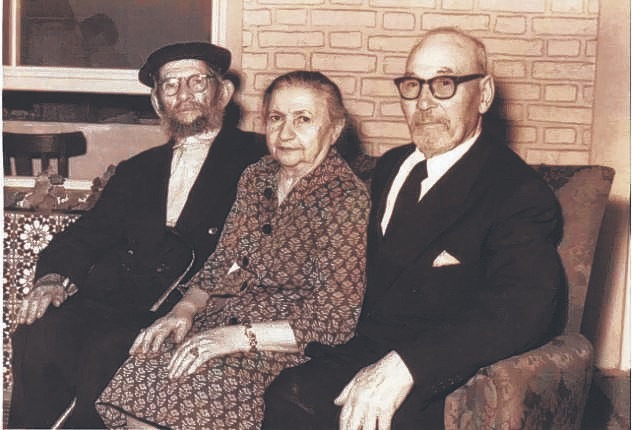Sergio Riskin’s eyes get wet every time he walks around his grandparents’ house where he It houses much of the history of the first Russians of Jewish origin who arrived in the Upper Valley.
The building is now a museum and retains its original structure. His grandparents Bernardo Riskin and María Locev lived there.

–
Like many of the early settlers, they had been escaping from the racial persecution that was happening in tsarist Russia.
Maria’s brother Isaac Locev was the first to He arrived in Rio Negro in 1906.
“The reasons for leaving Russia were racial persecution and that they could not develop economically in Europe,” Riskin explained.
In 1900 Argentina was the place that many immigrants chose.
Locev arrived in 1906 to manage land in Buenos Aires before the national government at the time of President José Figueroa Alcorta.
The first families visited Valle Medio, but they did not like the area. However, When they arrived in the Barrio Stefenelli area, they were attracted by the potential of irrigation and decided to settle.
Riskin said that negotiations with the national government continued and granted him long-term land.
“There was a lot of fighting, but titles were achieved for about 60 families,” he recalled.
His grandfather only arrived in 1913 as he had to finish the Russian military service under the rule of the Tsars. When he arrived in Roca, he bought land in Stenefelli and progressively acquired more until he reached 88 hectares.
The first settlers planted alfalfa, they had vineyards, vegetables and later fruit trees. In addition, they formed the first cooperatives in the region. (See Aside)
“I always liked rural life and agriculture, that’s why I studied agronomy engineering in Bahía Blanca,” Riskin said.
His father Rufino sent him to carry out his primary studies at School 31, which first functioned in one of the rooms of the house of the founder of the colony, Isaac Locev.
The natives of the city and the children of Jewish, Italian and Spanish settlers studied there.
Later, the same settlers gave a piece of land to the Ministry of Education of the Nation for the construction of the establishment.

The house and the watering
Sergio’s grandparents’ house, which is currently a museum, was built between 1917 and 1920.
“At first they lived in two rooms that were continuous until they made this house with several rooms,” he said.
The oldest part It has brick walls joined with mud and cement was used on the newer walls. “It is a country-style house with rooms with a gallery in the front,” he explained.
One of the characteristics of the constructions of those times was the height of the floor.
This was because of the colonists’ fear of floods. Years before, in 1899, the town of Roca had been moved from Stefenelli by the great flood of the Negro river.
For this reason the constructions were raised on a chamber up to 40 centimeters high.
Sergio pointed out that there was until 1915 an overflow of the Negro river that reached the railroad tracks.
The floor of the building is made of wood, and the chamber had the function of regulating the temperature. “It is a cool house in summer and warm in winter,” he said.
Between the ceiling and the ceiling there is also another air chamber.
Inside there is a Russian style stove that was made on a dividing wall of two rooms and with it both spaces were heated.
Regarding the irrigation system, he said that the first Jewish families used the Canal de los Milicos. The Riskin farm could make good use of this resource since it was next to the first town of Roca, which today is the Stefenelli neighborhood.
Until the construction of the Canal Grande was finished, the settlers searched for it to irrigate their lands.
Not in all the Russian Colony there was water. “In the center at the height of Cervantes in the contract it was agreed to build wells for irrigation. They were artesian wells, but they didn’t work. The first irrigation was achieved by extending the end of the Canal de los Milicos with a shovel, ”he said.

The community center and cooperativism
Jewish settlers built a community room that functioned as a synagogue and study space. There were also theater plays and different festivities.
The building is two kilometers from the Riskin family home, although somewhat deteriorated by time.
“It was the social, cultural and religious center for the Jews of Río Negro and Neuquén, it was the only one of those years, then other communities were created,” he recalled.
According to Sergio, it was one of the first spaces for the community in Patagonia.
On Saturday mornings they used to go to the community center, it was the religious day and during the holidays each family brought their food.

He said that although many of these customs have been lost over the years, he still celebrates the Jewish Passover and commemorates the Holocaust of World War II.
One of his favorite foods that he sometimes enjoys for a holiday is the kreplach, a delight of Jewish gastronomy, which is filled with cheese, minced meat or vegetables such as spinach or chard.
As for sports, they practiced chess a lot and participated in the city’s clubs.
His grandparents spoke Yiddish, but they learned Spanish very well.
On the other hand, they had their space in the old Roca cemetery that was later transferred to the place where the current necropolis is.
Sergio Riskin pointed out that cooperativism was brought by immigrants who arrived from Europe.
“The first cooperative was formed in Entre Ríos and was organized by Jewish emigrants,” he recalled.
It was a way of defending themselves that small and medium-sized producers used to market together because “in those years there were problems with monopolies.” The Upper Valley was no stranger to this context.
<!–
SUBSCRIBE TO DAILY NEWS
Every day an email with the most important news of the day.
–
–

